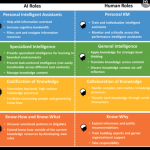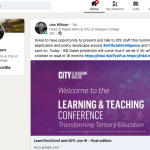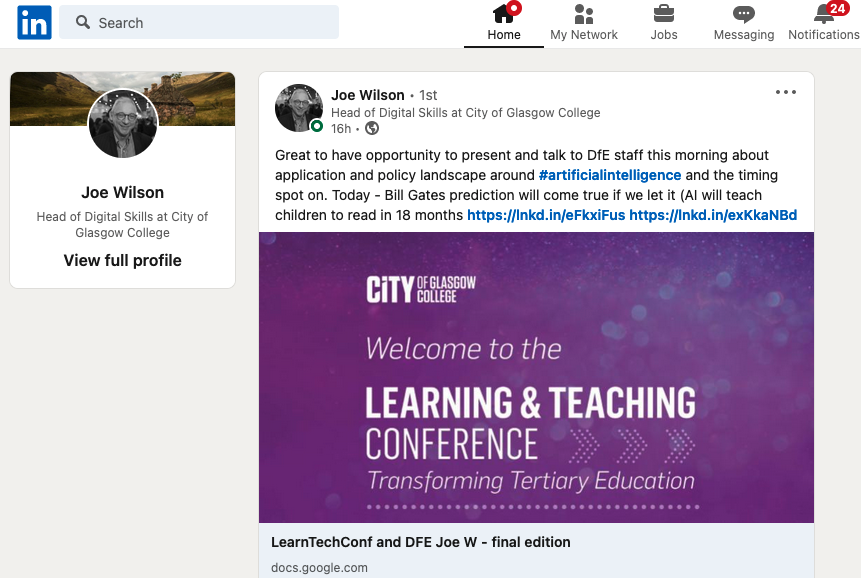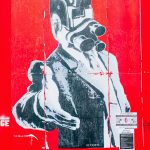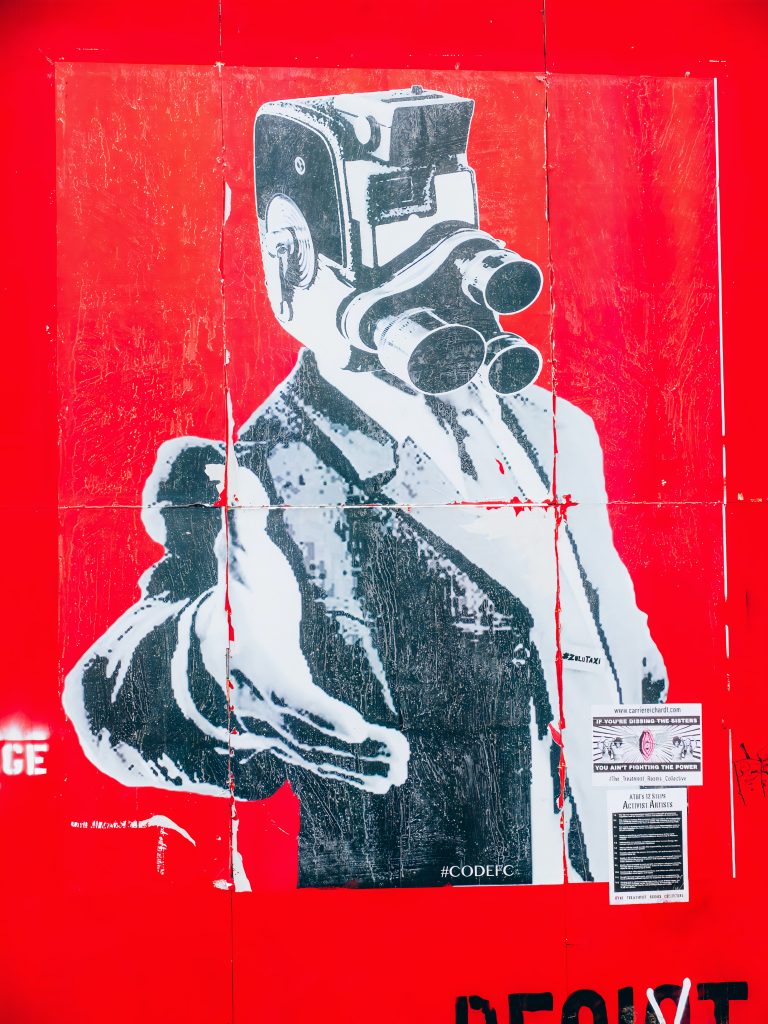AI and Human Roles: codified and tacit knowledge
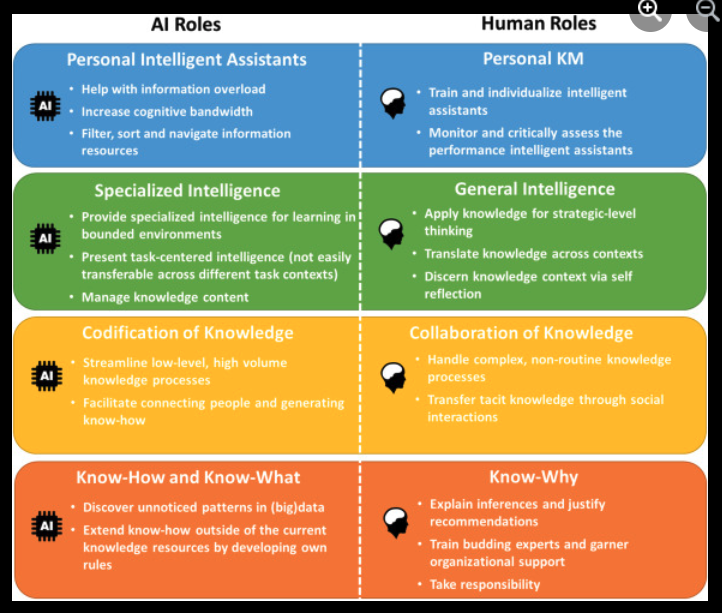
This is an interesting diagram, from a publication, Artificial intelligence and knowledge management: A partnership between human and AI, by Mohammad Hossein Jarrahi, David Askay, Ali Eshraghi and Preston Smith. I picked it ip from Juan Domingo Farnos's Facebook account.
What I like is that although talking about AI, it is building on older debates around knowledge development and particularly on 'Know why' and on tacit knowledge transferred through social interactions. In the past tacit knowledge was seen as important for sharing and developing new knowledge - in organisations and between organisation. And while AI is great for codifying knowledge, it would seem unlikely that it is going to develop tacit knowledge any time soon. So in terms of human roles and AI roles in knowledge it becomes a question of how tacit knowledge will become codified through working with AI.
HM - need to think a bit more about this.

